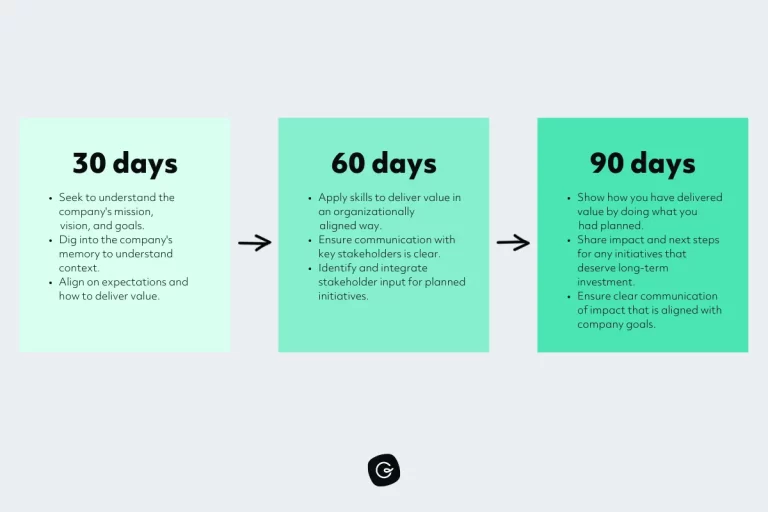Release Management in Software Development
Release management is an essential phase in the software development lifecycle where the strategic vision is transformed into actionable roadmaps. It’s a meticulous process that sets the trajectory for a project’s journey from inception to launch. Let’s dive into the best practices and personal insights I’ve gathered over the years that have been instrumental in shaping effective release plans.
Understanding the Landscape
Before delving into the specifics of release planning, it’s crucial to have a clear understanding of the product goals and the market environment. This involves aligning with stakeholders on the vision, objectives, and expected outcomes of the product. In my early days as a project manager, I learned the hard way that a well-articulated product vision could make or break the entire release process.
In one of my previous roles, I was tasked with leading a project that lacked a clear direction, and it was affecting our progress.
Recognizing this, I facilitated a series of stakeholder meetings to define and document our product vision.
This effort resulted in a strategic roadmap that aligned the entire team and reduced time wasted on non-essential features. The clarity of vision ultimately led to a successful launch that met all our key objectives.
Setting the Stage with Scrum
Scrum, a subset of Agile methodology, has been my go-to framework for release management due to its iterative nature and focus on delivering value incrementally. It emphasizes collaboration, adaptability, and progress through a series of time-boxed iterations called sprints.
Scrum has been instrumental in my approach to release planning. In one challenging project, we utilized the Scrum framework to manage a complex product release. By plotting out a detailed release schedule and adhering to consistent sprint cycles, we ensured alignment with key business events. This strategic planning allowed us to deliver new features that perfectly timed with a high-stakes marketing campaign, driving significant user adoption and enhancing our market position.
Plotting the Release Schedule
A release management schedule is the backbone of release planning. It outlines the timeline for the sprints, milestone reviews, and the release itself. I recall a complex project where the release schedule was our guiding star. By meticulously planning our sprint durations and aligning them with key business events, we were able to deliver new features in sync with market expectations, resulting in significant user adoption.
The Sprint System
Sprints are short, consistent cycles where specific tasks and features are developed. The discipline of working within sprints has repeatedly proven to streamline our focus and resources. Once, by committing to a sprint goal that aligned with an upcoming marketing campaign, our team was able to deliver a new set of features that perfectly captured the campaign’s momentum, greatly contributing to the release’s success.
The Tools of the Trade: JIRA and Beyond
To manage the intricacies of release management tools like JIRA are invaluable. They offer visibility into the project’s progress, facilitate issue and bug tracking, and help manage the backlog. One project sticks out in my memory where JIRA’s dashboard was our command center. It allowed us to quickly adapt to changes without losing sight of our release targets, demonstrating how the right tool can be a game-changer.
I led a project where JIRA became the cornerstone of our release planning. With its comprehensive tracking and reporting capabilities, we transformed our project command center, allowing us to adapt swiftly to project scope changes while maintaining focus on our release targets. This approach was key to our success, as we managed to incorporate late-stage market feedback without derailing our release schedule.
Effective Meetings: The Pulse of the Project
Regularly scheduled meetings, such as sprint planning, daily stand-ups, and retrospectives, are crucial. They serve as checkpoints to ensure that the team remains aligned with the release goals. During one of the retrospectives, the team identified a recurring bottleneck in our deployment process. Addressing this feedback, we optimized our CI/CD pipeline, which significantly reduced our time-to-market for subsequent releases.
I believe that well-structured meetings are the pulse of any project. In my role, I’ve consistently used sprint planning and retrospectives to foster team alignment and continuous improvement. For example, during a retrospective, we pinpointed a bottleneck in our deployment process. By addressing this insight, we were able to enhance our CI/CD pipeline, reducing our deployment time by 40% and significantly speeding up our release cycle.
Templates: The Blueprint for Consistency
Adopting standardized templates for documentation, from requirements to deployment checklists, ensures consistency and clarity. In my experience, templates have saved countless hours and have been the unsung heroes in maintaining project alignment. They enable new team members to quickly understand project status and contribute meaningfully with minimal ramp-up time.
Templates have been a game-changer for ensuring consistency across projects. I’ve developed and implemented a suite of templates that became the project blueprints for various teams. This move was particularly impactful when onboarding new team members; it enabled them to integrate quickly and efficiently, contributing to a critical release that saw us entering the market two weeks ahead of schedule, which was a remarkable success for the team.
The Human Factor: Communication and Adaptability
Finally, the most critical aspect of release management is the human factor. Effective communication and the ability to adapt to feedback and changing conditions can make all the difference. There was an instance when a last-minute market requirement threatened to disrupt our release schedule. Thanks to open communication channels and a flexible team, we were able to incorporate the changes without significant delays.
There was a pivotal moment in a major release when a new market requirement emerged unexpectedly. Leveraging strong communication channels I had established across the team, we collaboratively adjusted our release plan within a tight timeframe. Our adaptability under pressure led to the inclusion of the new features without compromising our original schedule. This was particularly gratifying as it demonstrated our team’s resilience and flexibility, resulting in a product release that exceeded stakeholder expectations.
Conclusion
Release management is an art that balances strategic foresight with tactical execution. It requires a keen understanding of the product objectives, a structured approach through frameworks like scrum, the leverage of tools for efficient project management, and an emphasis on clear communication. By combining these elements, release planning becomes a robust, responsive process that guides a product from an idea to a market-ready solution.






